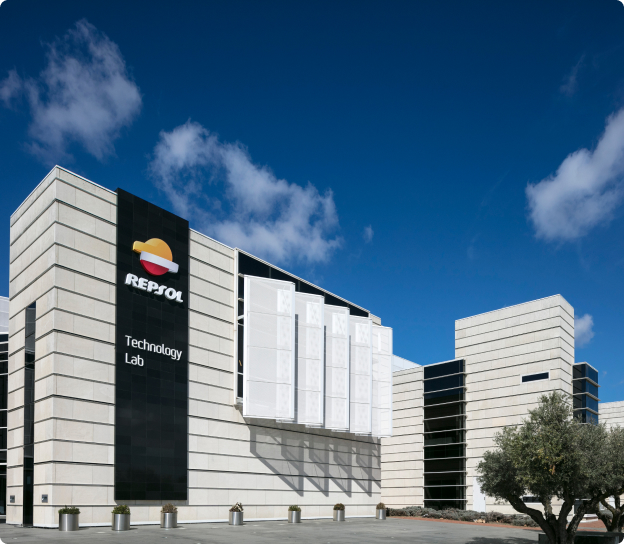.png)
Generation X, Y, Z
Tell me which one you belong to and I will tell you what type of person you are
All about design thinking
Transformation through design
Innovation has become an essential element for the growth of companies. Adapting to the changing needs of the market, offering creative solutions to complex problems, and standing out from the competition are challenges that require effective tools and methodologies.
Design Thinking, based on empathy, collaboration, and experimentation, raises the creative potential of organizations and guides them towards the development of products, services, and strategies that respond to the needs of their customers.


What is Design Thinking?
Design Thinking in Spain is an innovative and collaborative methodology that has become a fundamental tool both for the business environment and the resolution of problems.
What is Design Thinking for?
In contrast to traditional problem-solving approaches, Design Thinking isn't limited to analyzing the situation and seeking a quick solution, but rather dives into a deep understanding of users' needs, motivations, and context.

Stages and phases of Design Thinking
The Design Thinking process is developed in 5 stages:
Characteristics of Design Thinking
Design Thinking is a methodology focused on people, collaborative and flexible to promote innovation. Its main characteristics are:

Two complementary methodologies: Agile Methodology and Design Thinking
Work methodologies such as the Agile Methodology and Design Thinking differ mainly in their approach and end goal.
Design Thinking focuses on the user, creativity, and generating innovative ideas. While the Agile Methodology provides the structure and flexibility required to carry out these ideas quickly and efficiently.
Although they have different objectives, both techniques can complement each other. For example, you can use Design Thinking to understand users and generate ideas, and then use Agile Methodology to develop and launch those ideas to the market.
Work at Repsol
Join our team, and work with us in a job where you can train and develop as a professional.
10 advantages of Design Thinking incorporated in the workplace
Implementing the Design Thinking methodology in companies and their teams can generate a series of positive changes that impact the company's results.
Join our team and develop your full potential

At Repsol we are committed to technology, systematic innovation, and robotization with other international leaders in transformation, as drivers of change to overcome and anticipate the challenges of the future.
The Repsol Technology Lab is the heart of our innovation. Here, we turn disruptive ideas and projects into profitable assets for the entire Repsol Group. We do this through research and development, investment in startups, the implementation of new work methodologies, and the adoption of agile processes. However, what really sets us apart is our focus on people.
We are looking for professionals with a passion for innovation, a collaborative spirit, and a desire to be part of a diverse and dynamic team. An environment where you can develop your full potential and contribute to building a more sustainable future for all. Will you join the challenge?